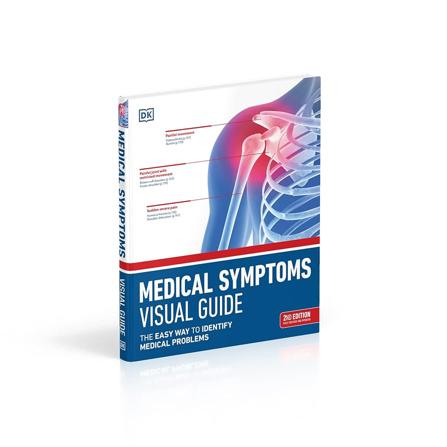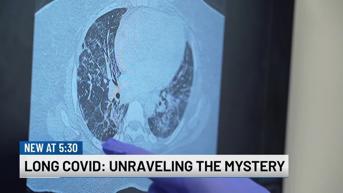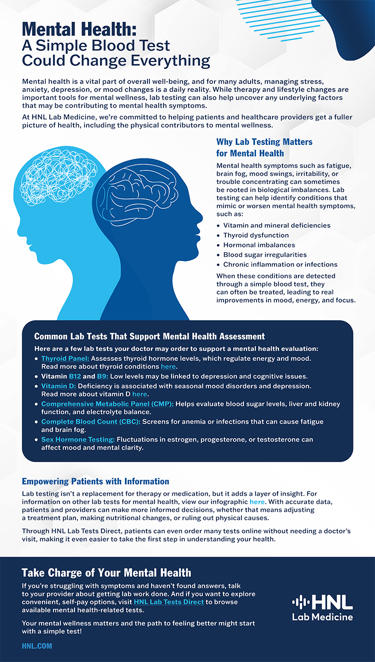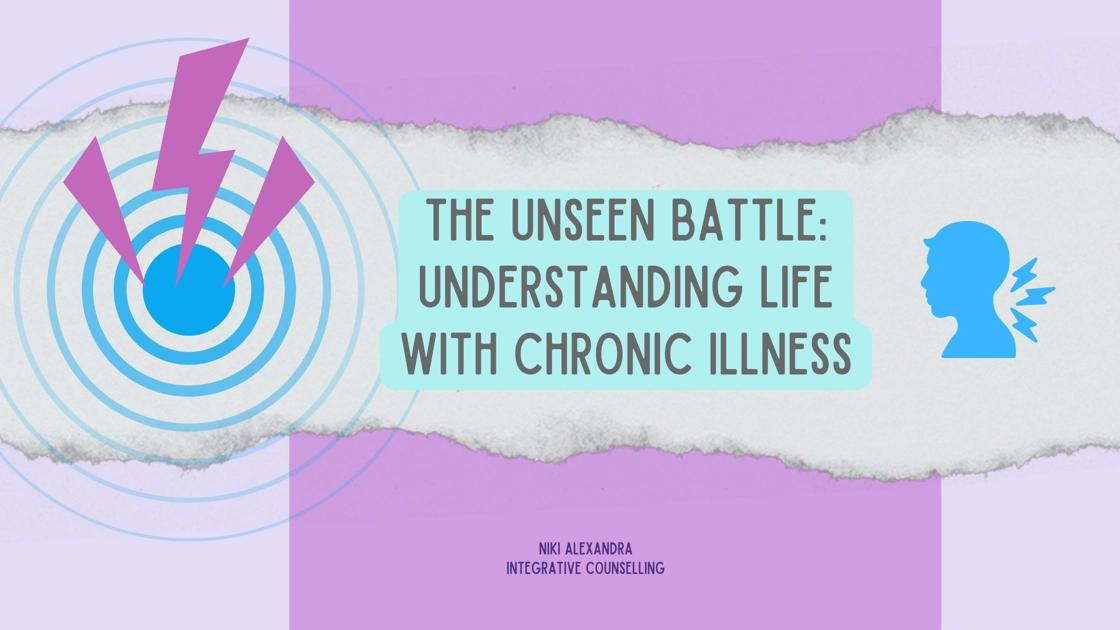Identifying Your Symptoms: A Step-by-Step Guide
A Comprehensive Guide to Recognizing and Understanding Your Symptoms

Frequently Asked Questions
Tracking your symptoms helps identify patterns, causes, and triggers, which can lead to timely medical attention and better management of health issues.
If you notice concerning symptoms, document them and consult with a healthcare professional for proper evaluation and guidance.
Step by Step Guide
1
Understand the Importance of Identifying Symptoms
Recognizing your symptoms is crucial as it helps you understand your health better and facilitates early diagnosis and treatment. Taking a proactive approach can lead to improved health outcomes.
2
Maintain a Health Journal
Start a health journal where you record your daily health observations including physical complaints, changes in mood, diet, and daily activities. Note the frequency, intensity, and duration of symptoms.
3
Pay Attention to Physical Symptoms
Keep an eye on common physical symptoms like headaches, fatigue, or digestive issues. Write down when they occur, their intensity, and what you were doing when they onset.
4
Monitor Emotional and Mental Symptoms
Recognize and document symptoms related to your emotional and mental health, such as anxiety, depression, or mood swings. Understanding these factors is crucial for holistic health.
5
Identify Triggers and Patterns
Look for patterns or triggers associated with your symptoms. For instance, certain foods, stress, or routines may exacerbate your issues.
6
Consult with Healthcare Professionals
Once you have documented your symptoms, consult with a healthcare professional for a thorough evaluation. Share your health journal as it can provide valuable insights.
7
Research Your Symptoms
Educate yourself on your symptoms using credible health resources like medical websites or literature. Be cautious about misinformation and ensure information is sourced from reputable providers.
8
Understand Potential Conditions
Research potential conditions that match your symptoms. This knowledge can help in discussions with your healthcare provider and improve your understanding of what you might be facing.
9
Follow Recommended Tests or Evaluations
Once you discuss your symptoms with a professional, they might recommend tests or evaluations. Follow through with these recommendations for an accurate diagnosis.
10
Stay Engaged in Your Health Journey
Continue to engage with your healthcare providers and adhere to treatment plans. Keep updating your health journal and stay informed about your health.








